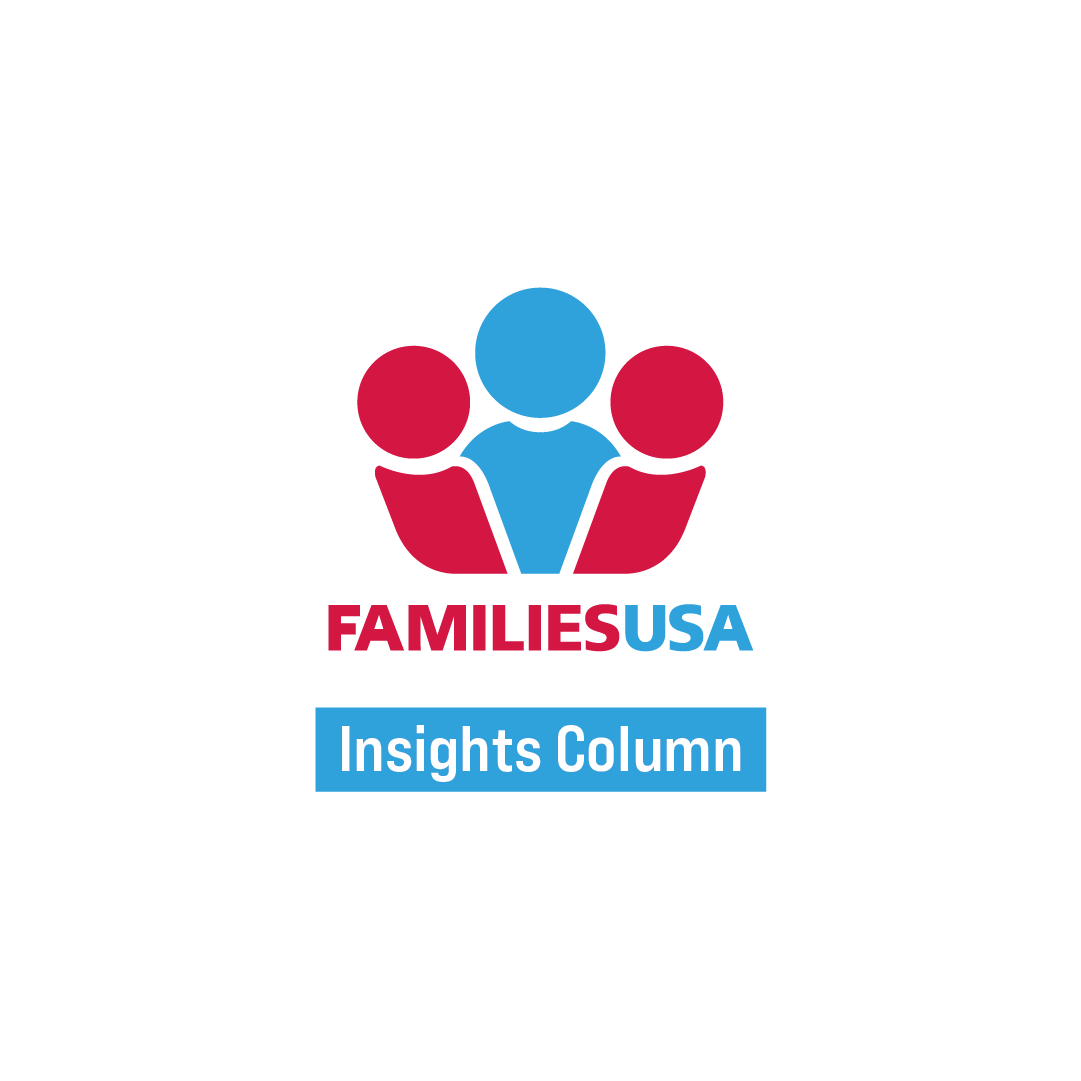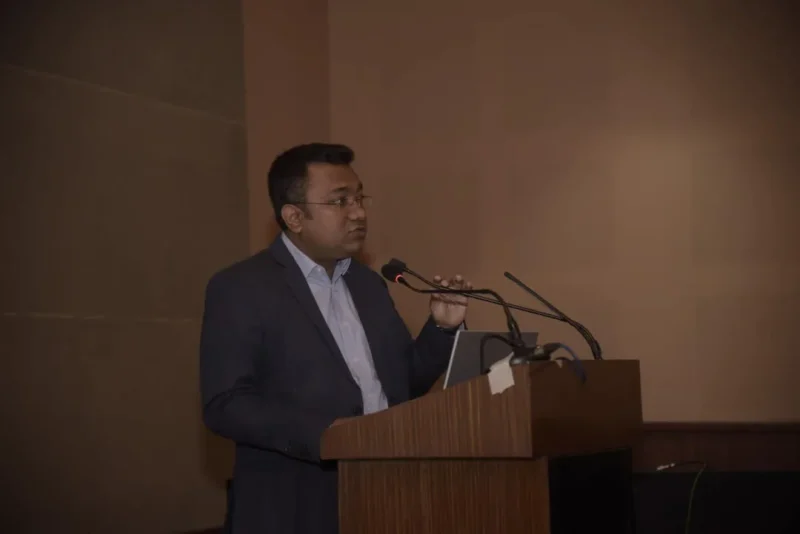The Hidden Sexism in the Sydney Scene – Honi Soit

Report on Gender Inequality in the Live Music Industry and its Relation to Sustainable Development Goals
1.0 Introduction
This report examines the pervasive issue of gender-based discrimination within the live music sector, analyzing its manifestations and impacts through the lens of the United Nations Sustainable Development Goals (SDGs). The persistent challenges of casual sexism, harassment, and systemic inequality create significant barriers to achieving key global targets, most notably SDG 5 (Gender Equality), SDG 10 (Reduced Inequalities), and SDG 3 (Good Health and Well-being). The experiences detailed herein reflect a systemic failure to ensure safe, inclusive, and equitable environments, thereby undermining progress towards a just and sustainable society.
2.0 Analysis of Gender-Based Discrimination in Music Venues
Casual sexism and misogyny are deeply embedded in the culture of live music venues, creating hostile environments that disproportionately affect women. These actions directly contravene the objectives of SDG 5, which calls for the end of all forms of discrimination against all women and girls everywhere.
2.1 Manifestations of Sexism
The discrimination women face exists on a spectrum, from microaggressions to overt harassment. These incidents collectively contribute to an exclusionary atmosphere that challenges the principles of SDG 10 by perpetuating inequality.
- Derogatory Labeling: Women attending events are often automatically sexualized and dismissed through terms like ‘groupie’, which presumes their presence is for the benefit of male musicians rather than a genuine appreciation for art. This undermines their identity as fans, journalists, or industry professionals.
- Dismissal of Professional Competence: Female musicians and technicians frequently report having their expertise questioned or their roles misidentified (e.g., being assumed to be a manager or girlfriend), a clear barrier to equal participation in economic and cultural life (SDG 5).
- Unsolicited Comments and Physical Harassment: The prevalence of unsolicited remarks on physical appearance and instances of physical groping represent a direct violation of women’s safety and bodily autonomy, undermining SDG 5.2 (eliminate all forms of violence against all women and girls in the public and private spheres).
3.0 Impact on Sustainable Development Goals
The cumulative effect of these discriminatory practices has a profound negative impact on several SDGs, hindering the creation of inclusive and equitable societies.
3.1 SDG 5: Gender Equality
The core issue is a fundamental failure to achieve gender equality. The automatic sexualization of women and the perpetuation of misogynistic attitudes in public cultural spaces are significant obstacles.
- Exclusionary Practices: Venues that continue to provide platforms for artists known for sexist behavior actively contribute to an environment of exclusion, working against the goal of full and effective participation for women in cultural life.
- Internalized Misogyny: The constant exposure to such behavior fosters acute self-consciousness and psychological distress, affecting women’s professional relationships and personal confidence, thereby limiting their potential.
- Systemic Patriarchy: These individual incidents are symptoms of a broader patriarchal structure that suppresses gender equity and normalizes the objectification of women.
3.2 SDG 3: Good Health and Well-being & SDG 10: Reduced Inequalities
The psychological toll of navigating these hostile environments directly impacts mental health and well-being (SDG 3). The creation of an unsafe and unwelcoming atmosphere for women serves to reduce their participation in cultural events, reinforcing social and professional inequalities (SDG 10) and limiting their access to art and community on an equal basis with men.
4.0 Conclusion and Recommendations
The live music industry demonstrates significant shortcomings in upholding the principles of the Sustainable Development Goals. The normalization of casual sexism and the failure to hold individuals and institutions accountable create an environment that is fundamentally unequal and unsafe for women. To align with the global commitment to gender equality and reduced inequalities, the industry must take decisive action. Fostering environments where women can create, participate, and enjoy art freely, without the perversion of their intentions or threats to their safety, is essential for achieving the targets outlined in SDG 5 and building a truly sustainable and equitable cultural landscape.
Analysis of Sustainable Development Goals in the Article
1. Which SDGs are addressed or connected to the issues highlighted in the article?
The primary Sustainable Development Goal (SDG) addressed in the article is:
- SDG 5: Gender Equality – Achieve gender equality and empower all women and girls.
Explanation: The entire article is a commentary on the pervasive sexism, misogyny, and gender-based discrimination faced by women within the music scene. It details personal and collective experiences of being objectified, dismissed, and harassed, which are direct barriers to gender equality. The author discusses the “patriarchy’s infinite suppression of gender equity” and the need to “Let women enjoy art freely without an immediate perversion of intention,” which are core tenets of SDG 5.
2. What specific targets under those SDGs can be identified based on the article’s content?
Based on the article’s focus on gender equality, the following specific targets under SDG 5 can be identified:
-
Target 5.1: End all forms of discrimination against all women and girls everywhere.
Explanation: The article is replete with examples of discrimination. The author describes “casual sexism” as a “cockroach stuck at the back of the cupboard in the Sydney scene.” Specific instances include being automatically labeled a “groupie,” having a woman’s knowledge of technical gear scoffed at by men, and the general “presumption that women only attend gigs as a form of calculated socialising, rather than a love for music and art.” These are all forms of gender-based discrimination.
-
Target 5.2: Eliminate all forms of violence against all women and girls in the public and private spheres, including trafficking and sexual and other types of exploitation.
Explanation: The article explicitly mentions physical and sexual harassment in public venues. The author notes that women’s experiences include “unsolicited comments on women’s looks to outright being groped.” This directly relates to eliminating violence and sexual exploitation in public spaces. The term “groupie” itself, as the author explains, is linked to the “automatic sexualisation of women at a gig,” which is a form of exploitation.
-
Target 5.5: Ensure women’s full and effective participation and equal opportunities for leadership in political, economic and public life.
Explanation: While not about politics, the article addresses women’s participation in public and cultural life. The experiences described act as barriers to full and equal participation. When the author, a journalist, is dismissed as a “groupie,” her professional participation is undermined. Similarly, when a “female drummer repeatedly being asked if she’s the band’s manager or girlfriend,” her role as a musician and artist is delegitimized. These instances highlight a lack of equal opportunity for women to participate in the music scene on the same terms as men.
3. Are there any indicators mentioned or implied in the article that can be used to measure progress towards the identified targets?
The article does not cite official SDG indicators, but it provides qualitative, anecdotal evidence that can serve as implied indicators to measure progress:
-
For Target 5.1 (End Discrimination):
- Implied Indicator: The frequency of women being subjected to sexist assumptions and labels (e.g., being called a “groupie”) in music venues. The article suggests this is a common “rite of passage for young women.” A reduction in such reported incidents would indicate progress.
- Implied Indicator: The number of venues that have policies against platforming “musicians and bands that have been outwardly sexist and misogynistic toward women.” The author points out that venues still do this, implying that tracking this practice could be a measure of accountability.
-
For Target 5.2 (Eliminate Violence):
- Implied Indicator: The prevalence of self-reported incidents of physical and sexual harassment, such as being “groped” or receiving “unsolicited comments on women’s looks,” at music venues. The article states, “We live and breathe this hellish treatment,” suggesting this is a widespread problem that could be measured.
-
For Target 5.5 (Ensure Full Participation):
- Implied Indicator: The proportion of women in professional roles (journalists, musicians, technicians) within the music scene who report that their roles are questioned or misidentified based on their gender (e.g., being asked if they are the “band’s manager or girlfriend”). A decrease would signify greater acceptance and equal participation.
4. Summary Table of SDGs, Targets, and Indicators
| SDGs | Targets | Indicators (Implied from the article) |
|---|---|---|
| SDG 5: Gender Equality | 5.1: End all forms of discrimination against all women and girls everywhere. |
|
| SDG 5: Gender Equality | 5.2: Eliminate all forms of violence against all women and girls in the public and private spheres. |
|
| SDG 5: Gender Equality | 5.5: Ensure women’s full and effective participation and equal opportunities in public life. |
|
Source: honisoit.com

What is Your Reaction?
 Like
0
Like
0
 Dislike
0
Dislike
0
 Love
0
Love
0
 Funny
0
Funny
0
 Angry
0
Angry
0
 Sad
0
Sad
0
 Wow
0
Wow
0














































.jpg.webp?itok=0ZsAnae9#)







:focal(1500,1000)/https://media.globalcitizen.org/a6/9a/a69a4720-d8a1-4715-b596-18738d03c05c/rotary_polio_hero_image.jpg?#)

/countries/sri-lanka/photo-credit---dmc-sri-lanka.tmb-1200v.jpg?sfvrsn=dc298bcc_1#)



















